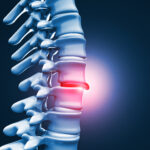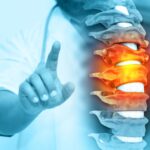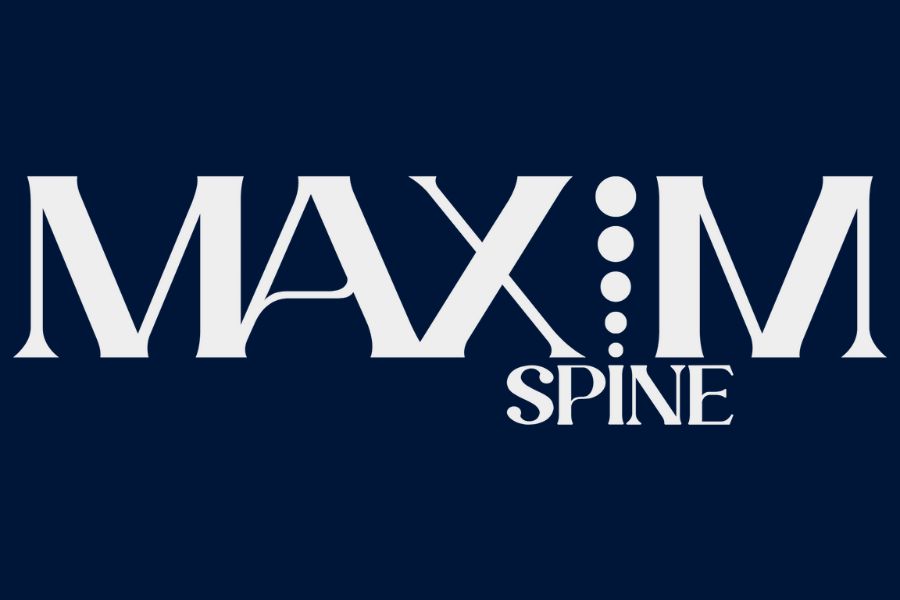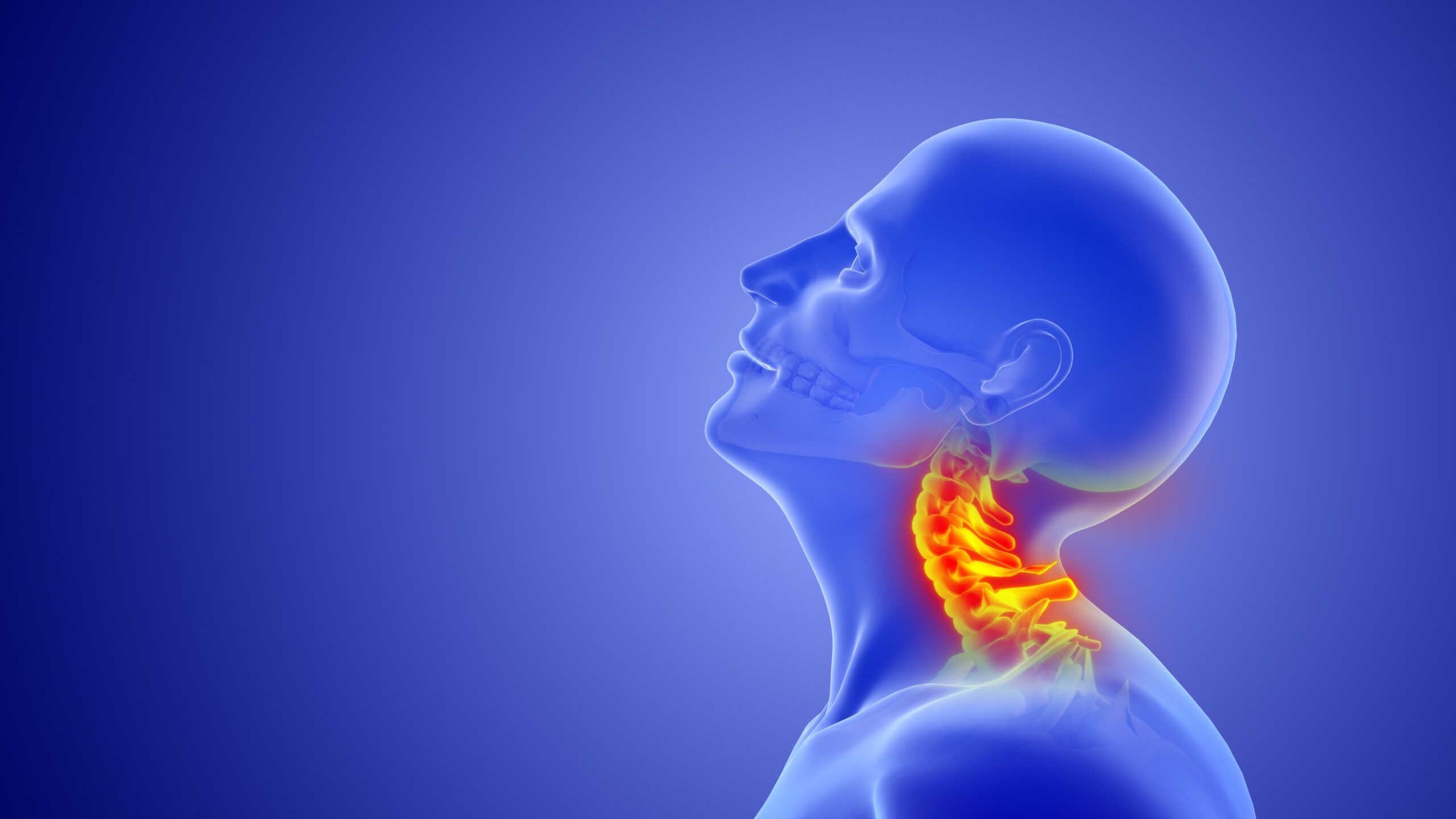
Cervical Radiculopathy and Trusted Cervical Disc Fusion Surgery
Ever felt a sharp pain in your neck and down your arm, making you feel tingly and forcing you to consider trusted cervical disc fusion surgery? Or maybe your hand feels numb and tingly? These could be signs of Cervical Radiculopathy, a condition where a nerve in your neck gets pinched.
Think of your spine as a corridor for your nerves. It’s made up of bones called vertebrae, with your spinal cord running through the middle. Nerves branch out from the spinal cord, exiting between the vertebrae to reach different parts of your body.
In Cervical Radiculopathy, something compresses these nerves in your neck. This could be a herniated disc, bone spurs, or inflammation. Your nerve gets irritated and can’t function properly, leading to a range of symptoms.
These may include:
- Pain. This is oftentimes sharp and shooting, radiating from your neck into your shoulder, arm, and hand. It might worsen with movement or coughing.
- Numbness and tingling. A “pins and needles” sensation along the affected nerve pathway is not uncommon.
- Weakness. Difficulty lifting or gripping objects, due to weakened arm muscles, is a possibility.
- Minimal reflexes. Your doctor might notice weaker reflexes in your affected arm.
- Trouble with fine motor skills. You may struggle with simple tasks like buttoning a shirt or writing.
If you’re experiencing these symptoms, see a doctor. A spinal specialist can diagnose the cause of your Cervical Radiculopathy and recommend the best treatment options. While surgery is sometimes necessary, many people find relief with conservative treatments like physical therapy and medication.
“Nerve irritation can be very painful,” according to UC Davis Health. “Cervical Radiculopathy can lead to painful burning or tingling sensations in the arms. Numbness and tingling, or weakness of the arms or the legs, can also result from nerve irritation in the lower back.”
What Comes Before Trusted Cervical Disc Fusion Surgery
We’ve learned how Cervical Radiculopathy happens when a neck nerve gets compressed, as well as its relationship to trusted cervical disc fusion surgery. But why does this happen?
It’s usually due to changes in the structures surrounding those delicate nerves. As we age, our spines naturally degenerate. If something encroaches on that byway, nerve signals get disrupted.
Here are the common culprits:
- Wear and Tear: Discs, or the cushions between our vertebrae, can lose height or bulge out of place, putting pressure on nerves. Bone spurs can also form from Arthritis and narrow the space where nerves exit your spine.
- Injury: A sudden neck injury like whiplash can also trigger Radiculopathy. It might cause a disc to herniate or even fracture a vertebra, leading to nerve compression.
- Other Causes: In some cases, the culprit might be thickened ligaments, spinal infections, or even tumors, both cancerous and non-cancerous. All of these can press on your nerves.
Nerve compression in your neck can sometimes impact the spinal cord, called Myelopathy, not just the exiting nerve roots. This can lead to more serious symptoms like difficulty walking, coordination problems, and even paralysis.
It’s important to note that Radiculopathy is not Neuropathy, although Radiculopathy symptoms can sometimes mimic those of Peripheral Neuropathy. For example, Carpal Tunnel Syndrome, a type of Neuropathy, can cause similar symptoms in the wrist and hand as Cervical Radiculopathy.
“Common conditions of the spine that can cause Radiculopathy include herniated discs, Spondylosis, and Spinal Stenosis,” according to Hospital for Special Surgery. “Radiculopathy can also result from bone spurs, spinal tumors, and other changes in the spine, such as Spondylolisthesis.”
Some patients even suffer from Cervical Radiculopathy with Multilevel Foraminal Stenosis, Research Gate states. Foraminal Stenosis occurs when your intervertebral foramen, or tiny doorways, shrink from tissue buildup.
Diagnosis and Evaluation of Cervical Radiculopathy
The first step in diagnosing and finding relief for Cervical Radiculopathy, and getting trusted cervical disc fusion surgery, is obtaining an accurate diagnosis. Your doctor will start by asking about your symptoms:
- Where exactly is the pain?
- What does it feel like? Sharp, burning, or tingling?
- When did it start?
- Does anything make it better or worse?
They’ll conduct a physical examination, focusing on your neck, shoulders, arms, and hands. This might involve:
- Testing for numbness. A team will check for reduced sensation in your skin.
- Assessing reflexes. Tapping your tendons to see how your muscles respond is important.
- Evaluating muscle strength. They’ll ask you to perform certain movements to check for weaknesses.
- Observing your posture. Looking for any abnormalities in your neck’s alignment is essential.
To get a clearer picture of what’s happening inside your neck, your doctor may order imaging tests such as:
- X-rays. These show the alignment of your vertebrae and can reveal any narrowing or damage.
- MRI. A Magnetic Resonance Imaging test provides detailed images of soft tissues, like discs and nerves, helping identify herniations or bone spurs.
- CT Scan. A Computed Tomography Scan offers a cross-sectional view of your spine, useful for visualizing bone structures.
Your doctor might recommend an Electromyogram, or EMG. This test measures the electrical activity in your muscles, helping pinpoint which nerve root is impacted. Ignoring Cervical Radiculopathy can lead to worsening pain and permanent nerve damage, which is why early diagnosis is important.
Could what you’re experiencing be a disability? While not everyone with Cervical Radiculopathy experiences significant disability, severe cases can qualify as a disability. This typically involves:
- Significant pain and muscle weakness.
- Neurological symptoms confirmed by a physical examination.
- Evidence of nerve root damage from imaging tests.
- The need for assistive devices to perform daily activities.
Trusted Cervical Disc Fusion Surgery and Treatment Options
There are various treatment options available, ranging from conservative therapies to trusted cervical disc fusion surgery. Often, the first line of defense involves simple measures to reduce strain on your neck and allow the nerve to heal:
- Rest: Avoid activities that worsen your symptoms. This means taking a break from strenuous exercise, heavy lifting, or even prolonged sitting.
- Medication: Over-the-counter pain relievers like Ibuprofen or Naproxen can help manage pain and inflammation. Your doctor might also prescribe muscle relaxants.
- Physical Therapy: A personalized exercise program can work wonders. A physical therapist can teach you stretches and exercises to strengthen your neck muscles, improve flexibility, and take pressure off the nerve root.
- Cervical Traction: This involves gently stretching the neck using weights or a pulley system. It can help create more space for the nerve, relieving pressure.
If conservative approaches don’t provide enough relief, your doctor might recommend:
- Epidural steroid injections. These injections deliver powerful anti-inflammatory medication directly to the affected area, helping reduce swelling.
- Surgery. In severe cases, or when other treatments fail, surgery might be necessary to decompress the nerve. This could involve removing a herniated disc, bone spurs, or even fusing vertebrae together.
The severity of your symptoms, underlying cause of your Radiculopathy, and your overall health will all play a role in the decision-making process. Don’t wait for the pain to become unbearable before seeking help. By addressing Cervical Radiculopathy early on, you can increase your chances of a successful recovery.
Some studies show that Multimodal Pain Management can be an efficient treatment option.
“MPM appears to be a safe procedure, and transforaminal epidural steroid injection may be an important factor of this concept,” states Nature. “In the absence of an absolute indication for surgery, this is a treatment option that could be tried before surgery.”
Cervical Radiculopathy Stats and Assessment Facts
Neck pain is incredibly prevalent, and Cervical Radiculopathy is making trusted cervical disc fusion surgery a bonified choice with patients. Cervical pain is so common that over 40 percent of missed workdays in the United States can be attributed to these patients.
During a physical examination with your spinal doctor, it’s particularly crucial to carefully assess your reflexes. Since everyone’s reflexes are a bit different, doctors focus on comparing the two sides of your body. If one side is weaker, it could signal nerve compression.
One specific test doctors use is the Spurling Test, as it involves tilting and turning your head to compress the nerve root. If this recreates arm pain, it’s a strong indicator of Radiculopathy. Sometimes just applying gentle traction to the neck, or pulling, during this test can temporarily relieve the pain.
Manual therapy, which includes techniques like traction, mobilization, and manipulation, can be a valuable part of treatment. Traction, in particular, seems to be a cornerstone of rehabilitation according to current research. These hands-on techniques, combined with targeted exercises, can help reduce pain, improve movement, and speed recovery.
While research supports the benefits of manual therapy and exercise for Cervical Radiculopathy, more studies are needed to understand the effectiveness of each individual treatment. The exciting news is that ongoing research continues to shed light on this condition, paving the way for even more effective treatments.
“The history of patients with a complaint of radicular pain or muscle weakness should include inquiries about occupational risk factors, history of trauma, and pain patterns,” states the National Library of Medicine. “Cervical Radiculopathy is almost always unilateral, although, in rare cases, both nerves at a given level may be impacted. Those rare presentations can confound physical diagnosis and require acceleration to advanced imaging.”
Enhancing Care through Trusted Cervical Disc Fusion Surgery
When it comes to effectively managing Cervical Radiculopathy and considering trusted cervical disc fusion surgery, teamwork makes the dream work. The best approach involves a collaborative effort between different health care professionals, including:
- A neurologist. This expert specializes in diagnosing and treating nervous system disorders.
- An orthopedic surgeon or neurosurgeon. This type of doctor provides surgical expertise if needed.
- A physical therapist. These therapists can guide you through exercises to improve strength, flexibility, and range of motion.
- A nurse practitioner. Nurses offer support and help coordinate your care.
- A primary care provider. A qualified health team can oversee your overall health and collaborate.
Treating Cervical Radiculopathy usually follows a stepwise plan. The focus is often on conservative therapies first, like medication, physical therapy, and epidural injections.
Why? Because in many cases, these treatments are enough to provide relief. In fact, more than 80 percent of people with Acute Cervical Radiculopathy recover within 8 to 12 weeks without needing surgery.
While surgery can be very effective in certain situations, it’s generally considered a last resort. This is because:
- Surgery has potential risks. Like any surgical procedure, there’s always a chance of complications.
- It doesn’t always guarantee success. Some people still experience limited pain and disability even after surgery.
- Conservative treatments often work well. Many individuals find relief with non-surgical approaches, especially in the early stages.
If your symptoms don’t improve with conservative treatments, your spinal doctor and team may discuss surgical options. They’ll carefully weigh the potential benefits and risks to determine if surgery is the right choice for you. By taking a team approach and prioritizing conservative therapies, you can optimize your chances of recovery and regain control over your health.
Maxim Health
Are you searching your options for trusted cervical disc fusion surgery? This is where our groundbreaking approach intersects with your needs. Maxim Health is a beacon of innovation.
Our comprehensive focus brings together luminaries in spine surgery for an unparalleled experience in care, expertise, and attention. With an extensive track record of successful and intricate procedures, Maxim is also at the forefront of non-surgical solutions. We help patients regain control of their lives, from non-invasive interventions to the latest advancements in pain relief.












